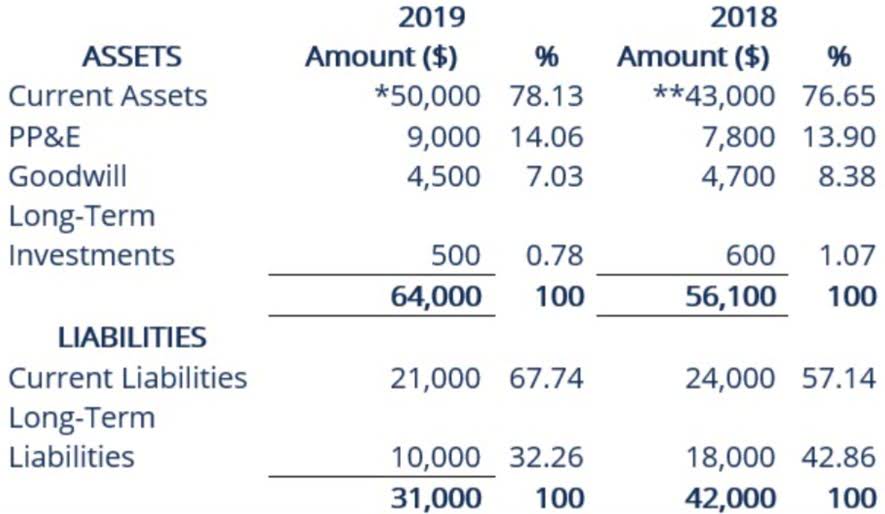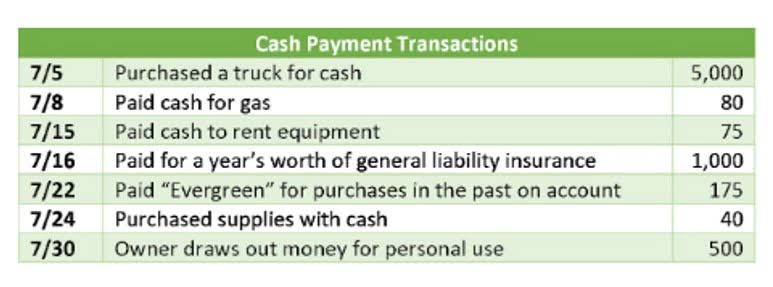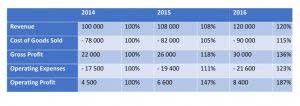
Having economic nexus means you’ve sold enough products in a state for them to see you have a strong economic presence. In other words, you’ve passed their economic threshold, so they can require you to collect and remit sales tax. In this context, nexus is when a business has a strong enough connection with a state to be required to collect and remit sales tax. While traversing the complexities of the GST/HST system in Canada, businesses can benefit greatly from Input Tax Credits (ITCs).
Customs or Duty Taxes
Similar rules apply if you conduct a dropshipping business from South Africa. You should pay special attention if you import goods from other countries, which is often the case with dropshipping, as you may be working with Aliexpress or other overseas stores. The rules of import and export in South Africa are regulated by the Department of Trade and Industry.
- Start your free trial now and see how Link My Books can save you time, reduce errors, and help you stay compliant with even the most complex sales tax laws.
- Sometimes, more complicated demands apply, for example, if you retain citizenship in one country but live in another for the long period of time.
- If you’re an online store selling tangible products, there is no confusion.
- So, if you’ve got either of those, you probably have physical nexus in the state and you need to register for a sales tax permit.
- Drop shipping seems simple until you start thinking about sales tax.
- While not a major expense, this can cut into a new business’s bottom line.
Who Will Be Most Affected by the Changed EU VAT Rules?
Some dropshipping businesses can qualify for an exemption from this tax. If approved, your business would not be responsible for paying a source tax to your supplier. For example, suppose you’re based in Nevada but source cosmetics from adjusting entries Arizona. You pay 5.6% on supplies and then charge customers Nevada’s 6.85% rate—unless they’re in other states where you might have a different tax obligation. If your sales surpass certain sales tax nexus thresholds in another state, you may have to collect and remit taxes there too. Determine whether your dropshipping activities create a sales tax nexus in specific states where your customers are located.
Resale certificates are only legally used when purchasing items for resale

As a retailer, you can present your resale certificate to your vendor to let them know that they aren’t required to collect sales tax from you. As a dropshipper, it is imperative to grasp the intricacies of these taxes to avoid potential legal and financial pitfalls, pay income taxes and ensure you are paying taxes correctly. As a dropshipper or reseller, you pay income tax to your country on all the profits you’ve made through your store.
Dropshipping and Taxes: Do You Have to Pay Taxes for Dropshipping?
For instance, clothing, which is already subjected to a 35% tax, now has been taxed at 55% total (35% + 20%). That means the tax volume to be paid is (order value + shipping cost) × 55%. If you ask me this question before February 2025, I may answer a big “YES”. However, since February 4, 2025, the $800 duty-free exemption for China-imported products has been abolished, and an additional 10% tariff has been issued on China-based imports. Since March 4, 2025, another 10% is added, resulting in a cumulative 20% tariff on Chinese imports. For dropshippers sourcing products from outside the EU, IOSS provides an easier way to handle VAT on imported goods.

In the UK, this business model has gained traction for its efficiency and scalability, allowing business owners to act as intermediaries between suppliers and customers. However, navigating the tax implications of a dropshipping business can be daunting. This guide aims to demystify the tax affairs of dropshipping in the UK, offering guidance and insights from industry experts.
- But again, if your supplier is in the same state as the end consumer, you may be subject to a tax.
- If you lack nexus in a state, typically, you’re exempt from the obligation to collect and file sales taxes.
- Whether you have nexus in a state or not will determine your obligation (or lack thereof) to collect sales taxes from your customers in that state.
- Your supplier in South Carolina is still required to charge you sales tax, but you have given them your sales tax permit number and are exempt from paying it.
- It’s also worth noting that dropshipping businesses may be eligible for specific tax deductions, such as business expenses and shipping costs.
Also, possessing an ABN boosts your credibility, fosters improved supplier relationships, and allows access to government aid programs do dropshippers pay taxes and grants. Compared with sales tax, VAT, on the other hand, is levied on all sellers at each stage of the supply chain. Suppliers, manufacturers, distributors, and retailers all charge VAT on taxable sales. If you’re a new dropshipper, you don’t have to pay anything until you get a lot of sales and set up. But keeping track of all the amounts needed to pay taxes does get tedious. As you see, paying dropshipping tax Australia depends on the size of the business.

Takeaways: Dropshipping Taxes
This customer likes your store a lot and has ordered another t-shirt. But please note that you will still be charged sales tax according to your customer’s location. Typically in state to state transactions, sales tax is determined by the customer’s location. Companies procuring goods from international markets might be subject to customs duties. The duty rate is set at 2.5% of the product cost, yet this is a complex process. Products priced under £135 are exempt from this duty, while items exceeding £630 may attract varying rates.
The Where, Who, and What of Sales Taxability for Online Sellers

Charge taxes, collect taxes, pay taxes, sales taxes, VAT, income taxes, where’s the end? With so many terms surrounding the topic, it’s no wonder that many dropshippers want to give up from fear of getting in trouble with tax laws. Income taxes are assessed based Cash Flow Management for Small Businesses on a business’s profits, and the dropshipper is solely responsible for paying these.





















